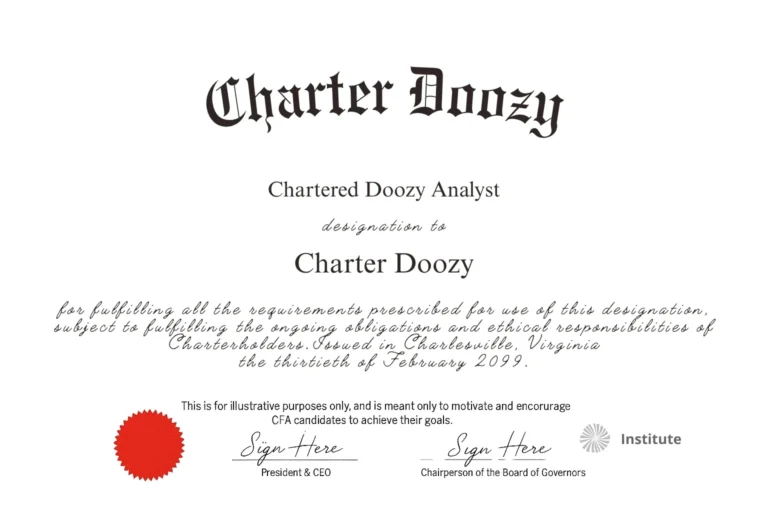Preparing for the CFA Level 1 exam means diving deep into the world of finance, and one of the most critical topics you’ll encounter is derivatives. Understanding derivatives like futures and options is not just about passing the exam—it’s about equipping yourself with tools that are foundational for a career in investment analysis, risk management, and financial decision-making. In this guide, we’ll break down the essentials of derivatives, helping you navigate this complex subject with ease and confidence.

What Are Derivatives?
Derivatives are financial instruments that derive their value from the price of another asset, commonly referred to as the “underlying asset.” This could be stocks, bonds, commodities, currencies, interest rates, or even market indexes.

Think of derivatives like a shadow: they don’t have intrinsic value themselves, but they reflect and track the movements of something else. The primary types of derivatives you’ll need to master for the CFA Level 1 exam are futures and options.
Derivatives serve several purposes in financial markets. They can be used for hedging, which helps manage and mitigate risk, or for speculation, which allows investors to bet on price movements without owning the underlying asset.
Why Are Derivatives So Important?
In the financial world, derivatives are indispensable tools. They allow investors to manage risk, speculate on market movements, or secure favorable future prices. For a CFA candidate, understanding derivatives goes beyond theory—it’s about real-world application.

Consider this: Without derivatives, major institutions would face massive exposure to currency fluctuations, interest rate changes, or commodity price shifts. Derivatives help stabilize financial markets by offering predictability and control over these uncertainties.
Futures: A Glimpse into the Future
What Is a Future?
A future is a standardized contract obligating the buyer to purchase, or the seller to sell, a specific asset at a predetermined price on a set future date. Futures contracts are commonly used in commodities trading (think oil, gold, or wheat), but they are also employed for financial instruments like currencies or stock indexes.

Unlike options (which we’ll get to shortly), a future requires that both parties honor the contract at the expiration date. There is no choice to opt out—you’re locked into the deal.
Example of a Future
Imagine you’re an airline company looking to secure fuel prices to manage your operational costs. Oil prices are volatile, and a sudden spike could throw off your budget. By entering into a futures contract, you can lock in oil prices for the future, ensuring predictability and stability in your financial planning.
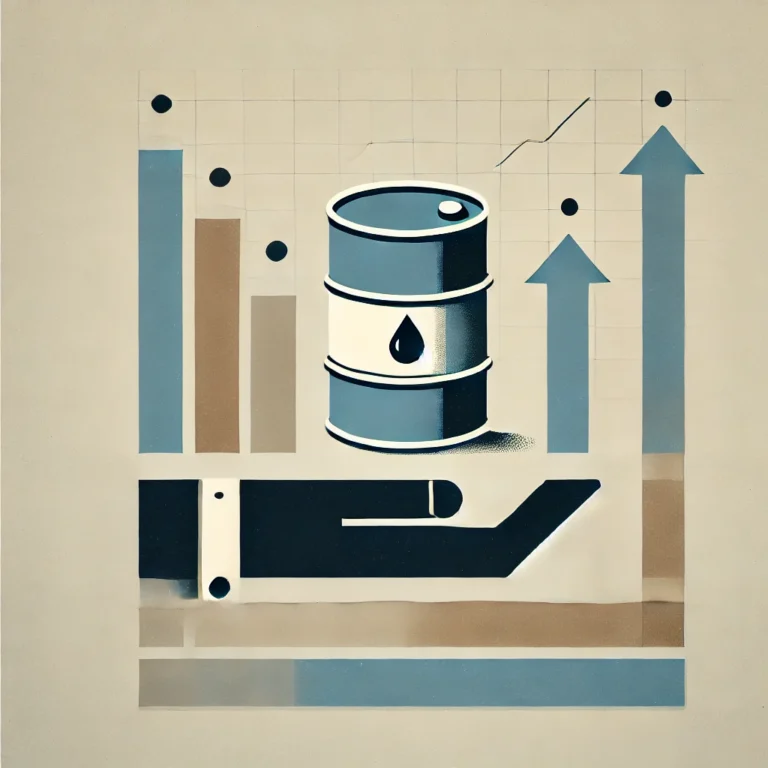
The idea is simple: You agree today to buy oil at $70 per barrel three months from now. Even if the market price jumps to $90, you’ll only pay $70 thanks to the futures contract. This hedges your risk against price volatility.
Why Futures Matter for CFA Level 1 Candidates
For CFA Level 1 candidates, mastering futures is essential because these contracts are widely used in everything from commodities trading to managing financial risks. The exam will test your understanding of how futures are priced, how they’re used for hedging, and the impact of leverage within these contracts.
Doozy Digest
A newsletter for CFA candidates
Subscribe for:
✔ Insightful tips
✔ Expert advice
✔ Career motivation
✔ Exam inspiration
Stay updated and subscribe today!
Moreover, as a CFA professional, futures are part of the everyday toolkit used by institutional investors, hedge funds, and risk managers to manage exposure to price fluctuations. Understanding futures will set the foundation for more advanced financial topics as you progress in your CFA journey.
Options: Flexibility and Opportunity
What Is an Option?
An option is a contract that grants the buyer the right, but not the obligation, to buy (call option) or sell (put option) an asset at a specified price on or before a specific date. Options provide flexibility: You can choose to exercise the contract if the market conditions are favorable or let it expire if they’re not.
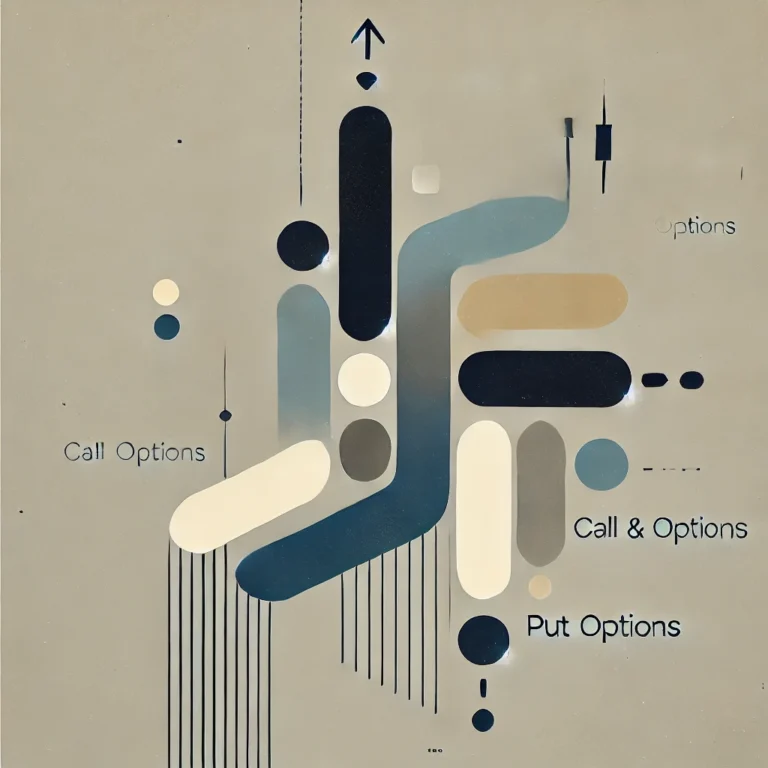
This flexibility is the key difference between options and futures. With futures, you are obligated to follow through with the contract; with options, you have the option to walk away.
Call and Put Options: Two Sides of the Coin
In the world of options, there are two main types of contracts: call options and put options.
Call Option: This gives the buyer the right to purchase the underlying asset at a specific price (strike price) before the option expires. Buyers of call options typically believe the price of the underlying asset will rise.
Example: You purchase a call option to buy a stock at $50. If the stock price rises to $70, you can exercise the option to buy at $50, pocketing the $20 profit. If the stock price falls, you simply let the option expire without any obligation to buy.
Put Option: This gives the buyer the right to sell the underlying asset at a specific price before the option expires. Buyers of put options usually expect the price of the underlying asset to fall.
Example: You purchase a put option to sell a stock at $60. If the stock price drops to $40, you can exercise the option to sell at $60, securing a profit. If the stock price rises, you can let the option expire, and your only loss is the premium paid.
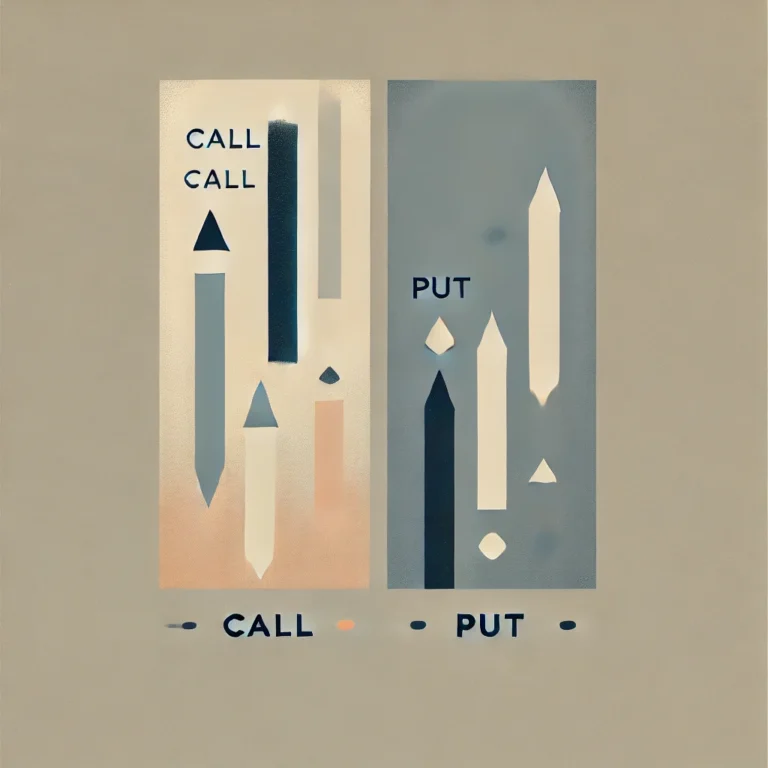
Why Options Are Critical for the CFA Exam
For CFA candidates, options are essential because they represent real-world tools used for both hedging and speculation. In the exam, you’ll need to grasp key concepts like the Black-Scholes model, Greeks (delta, gamma, theta, etc.), and option pricing mechanics.
Understanding options means you can appreciate how institutional investors protect their portfolios from downside risk or take calculated bets on future price movements. It’s this knowledge that will give you a competitive edge, both in passing CFA Level 1 and in your finance career.
Hedging and Speculation: Two Sides of Derivatives
Derivatives serve two primary purposes: hedging and speculation. It’s crucial to understand the distinction between these two, as it forms the backbone of how derivatives are used in financial markets.
Hedging with Derivatives
Hedging is the process of reducing risk. By entering into a derivative contract, investors can protect themselves from adverse price movements in the underlying asset.
Example: A company expecting to receive euros in three months may hedge against currency risk by entering a futures contract to sell euros at a fixed exchange rate. Even if the euro depreciates, the company is protected by the futures contract, ensuring financial stability.
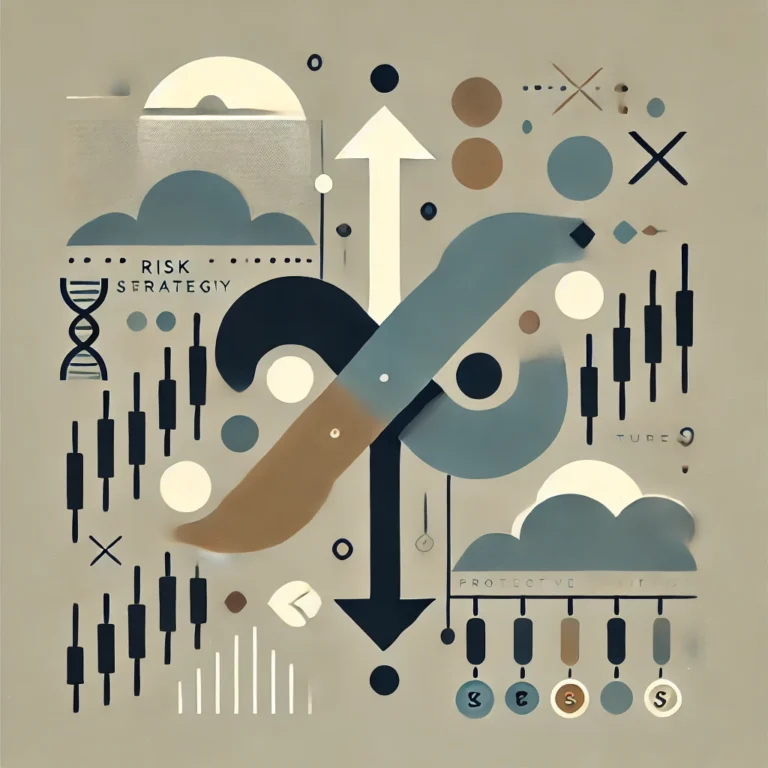
Speculating with Derivatives
Speculation, on the other hand, involves taking on risk in the hope of making a profit. Speculators use derivatives to bet on price movements without owning the underlying asset. This allows them to profit from both rising and falling markets, depending on whether they take a long or short position.
Example: A trader might purchase call options on a tech stock if they believe the stock price will rise. If the price jumps, they profit by exercising the options or selling them at a higher price. Conversely, if the stock falls, they let the options expire, limiting their losses to the premium paid.
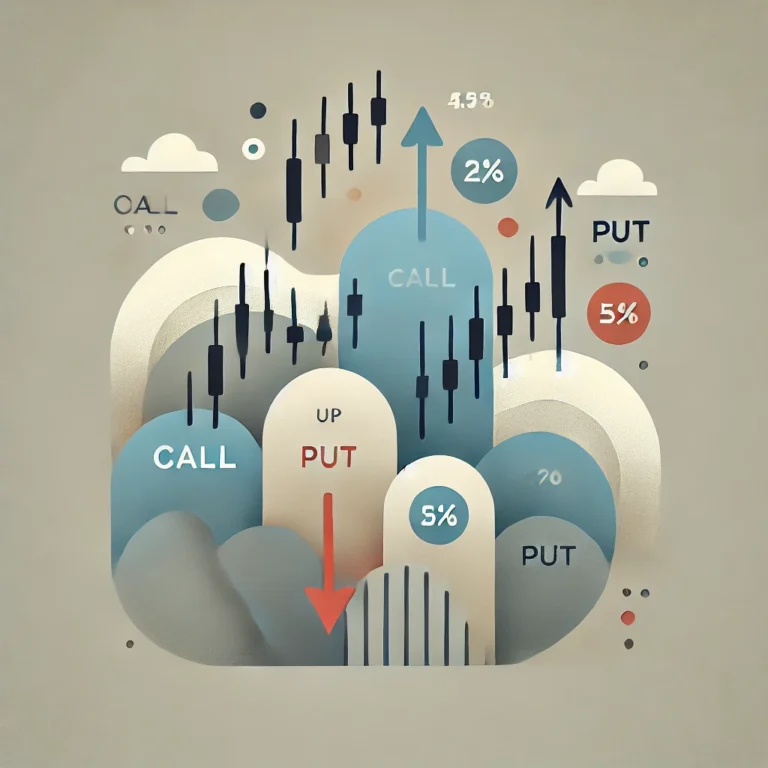
CFA Level 1 Focus on Hedging and Speculation
On the CFA Level 1 exam, you’ll need to recognize the strategic use of derivatives in both hedging and speculation. It’s not enough to simply understand the mechanics; you must be able to apply these concepts in practical scenarios, analyzing how and why investors would choose derivatives for these purposes.
Derivatives in the Real World: Modern Examples
The 2008 Financial Crisis: A Lesson in Risk
Derivatives played a massive role in the 2008 financial crisis. Credit default swaps (CDS) allowed investors to hedge or speculate on the likelihood of debt defaults, but as the market for mortgage-backed securities crumbled, these derivatives exacerbated the problem, leading to massive financial losses and economic fallout.
Options in Tech Stocks: Riding the Wave
Options have gained significant attention in recent years, especially in the world of tech stocks. Retail investors often use call options to leverage their positions, hoping for outsized gains when companies like Tesla or Amazon experience rapid stock price increases.
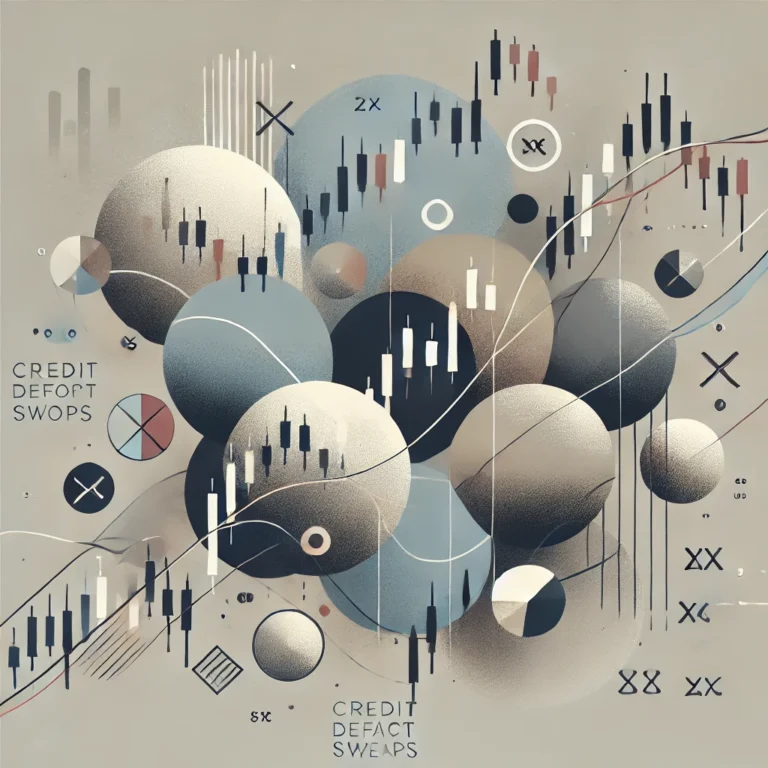
For CFA candidates, these real-world examples highlight the power and risk of derivatives. They can be powerful tools in managing portfolios, but they must be used with care and deep understanding.
Final Thoughts
Derivatives are a cornerstone of modern financial markets, and mastering them is essential for CFA Level 1 candidates. Whether it’s futures locking in future prices or options providing the flexibility to hedge or speculate, these financial instruments offer both risk and reward. As you prepare for the exam, remember that derivatives are not just theoretical—they are practical tools that can shape investment strategies and safeguard against uncertainty.
As you delve into the world of derivatives, always focus on applying these concepts to real-life scenarios. The better you understand how futures and options work in practice, the more confident you’ll be when tackling CFA Level 1 questions. Keep pushing forward, and let derivatives be one of the stepping stones on your journey to becoming a Chartered Financial Analyst.

